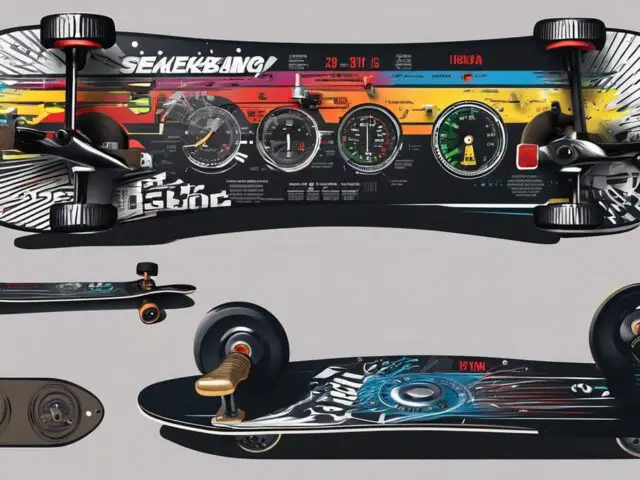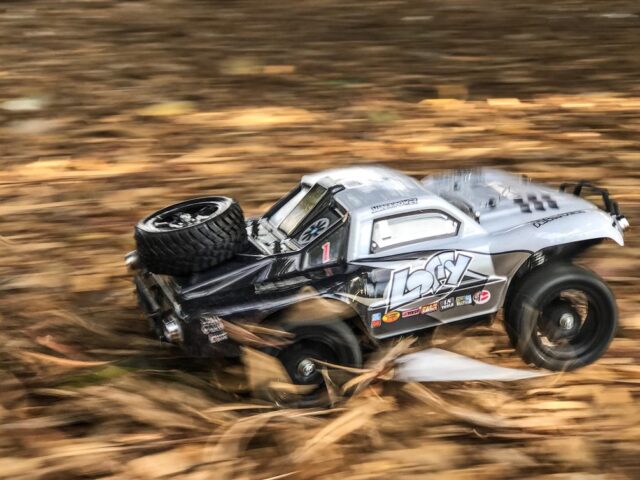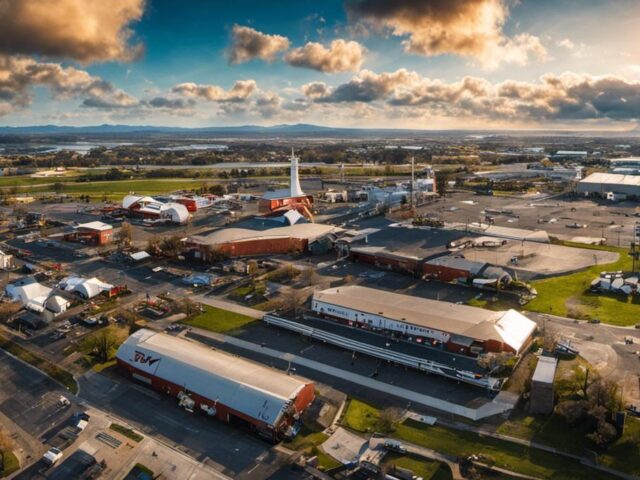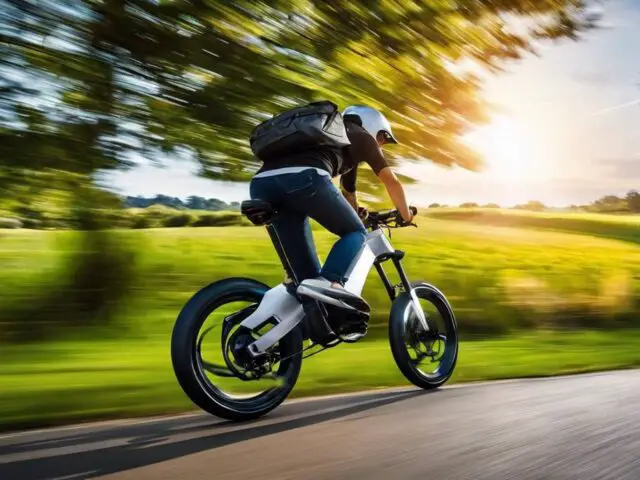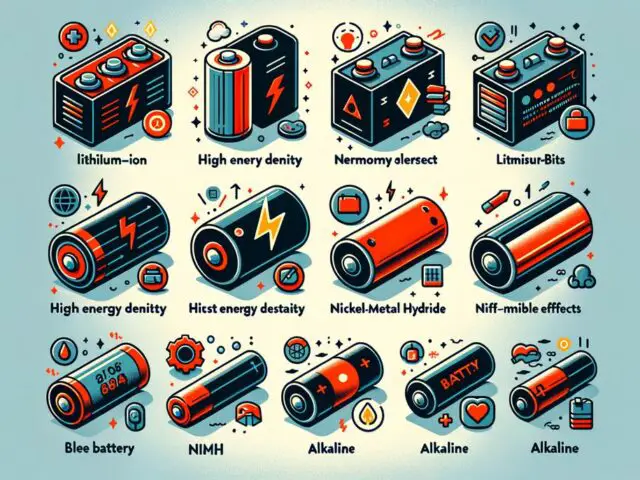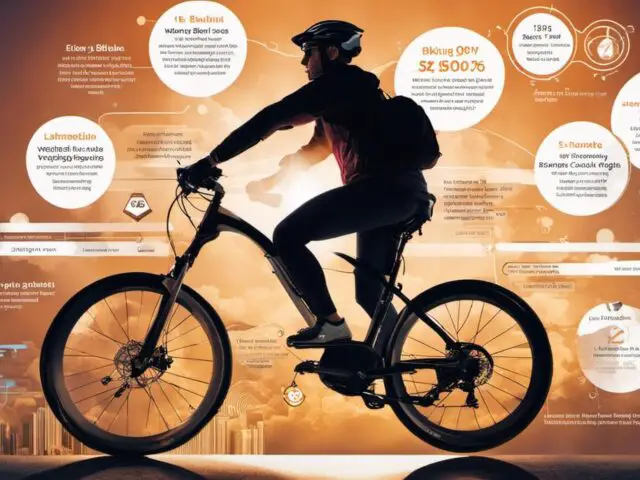In today’s rapidly advancing technological landscape, drone delivery is emerging as a breakthrough in the realm of logistics and supply chains. Employing sophisticated software, artificial intelligence (AI), GPS, and sensor technologies to navigate and make real-time decisions, drones promise faster, more efficient, and reach-on-demand delivery solutions. Not only do they offer the potential of delivering packages to remote or difficult-to-reach locations, but they may also contribute to cost-effectiveness and environmental sustainability. However, as we progress into this new age delivery system, there are regulatory and safety waters to chart, coupled with the intrinsic necessity to gain public trust for broader adoption.
Technology Behind Drone Delivery
Diving into Drone Delivery: Unpacking the Essential Technological Components
Drone delivery is no longer a sci-fi fantasy. Today, it’s becoming a realistic method for delivering goods – from tacos to textbooks – right to our doorsteps. Companies like Amazon and Google have already started testing and implementing this revolutionary technology. What was once mind-boggling is now a fascinating reality. You can even build your own drone and customize it to your needs! To understand just how this remarkable advancement operates, let’s dissect the critical technological components central to the process of drone delivery.
First up, Autonomous Navigation Systems. Drone delivery wouldn’t be feasible on a large scale without drones that can fly on pre-set autonomous paths. A drone’s “brain” is its Flight Controller, which, coupled with Global Navigation Satellite Systems (GNSS), allows it to execute pre-determined routes flawlessly. The software is often supplemented with sensors including accelerometers, gyros, altimeters, and magnetometers, providing vital flight data.
The next essential element is Collision Avoidance Systems. Safety is a significant concern with drone delivery systems. Hence, equipping drones with advanced collision avoidance systems is a must. These systems leverage technologies like LIDAR and computer vision to navigate safely. Forward and downward-facing sensors create an obstacle map that enables drones to course correct in real-time if they detect a potential collision.
Geo-Fencing is the third part of this tech quartet. Keeping drones within boundaries and away from sensitive areas like airports and government buildings is imperative. Geo-fencing allows the operator to set a virtual boundary that the drone can’t cross, providing a reliable solution for preventing incidents of airspace violation.
Last, but not least, no one can overlook the Battery and Power Systems. One of the significant challenges for drone delivery services is the constraint of battery life. Advancements in battery technology and power management systems are, therefore, key to increasing drones’ flight time and load-carrying capacity. The use of higher capacity Lithium-polymer (Li-Po) batteries has become standard in the industry, offering an optimal balance of weight, power, and performance.
We’ve barely scratched the surface here; additional innovations in wireless communication, situational awareness systems, and propulsion technology are also instrumental. However, these four components undoubtedly form the bedrock of any drone delivery service.
Impressive and dazzling, drone delivery is a vivid reflection of human intellect and innovation. As the technology propels forward, the day isn’t far when the hum of a drone will replace the ringing of the doorbell. As tech enthusiasts, let’s gear up for that day, excitedly waiting to embrace this futuristic technology. Technology, as it has always proved, is making life simpler, faster, and downright cooler.
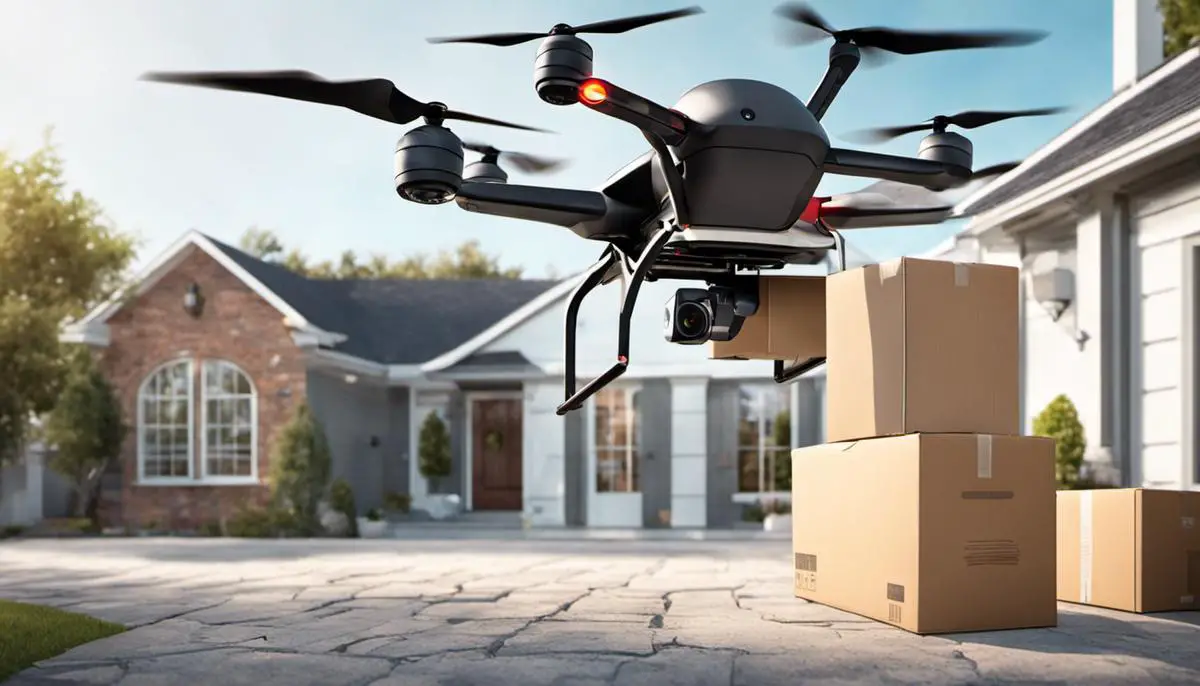
Efficiency and Speed of Drone Delivery
Header: Unleashing the Power of Efficiency: Drone Delivery Vs. Traditional Methods
You’ve heard about drones whizzing in the sky, delivering everything from retail goods to groceries, and medical supplies. The curiosity is easily piqued, but the question that arises is, “How does drone delivery stack up against traditional delivery methods in terms of speed and efficiency?”
To understand this, it becomes imperative to dig deeper into specific areas like payload capacity, travel time, and operational expenses.
Payload Capacity: Light as Air
Sure, your brick-and-mortar mail truck can probably hold a larger load, but it’s not always about quantity. It’s about access. Drones aren’t bound by roadways, traffic, or bridges. They have an open sky to traverse. This ability to cross barriers boosts efficiency significantly; drones can deliver to remote or congested areas nearly as easily as dropping a package next door. Plus, with continual advancements in drone technology, payload capacities are continually growing, allowing these aerial couriers to carry more with every trip.
Travel Time: Speed is of the Essence
Traditional delivery involves a lot of travel, time, and fuel spent in reaching the destination – and there’s the ever-irritating risk of unanticipated hold-ups like traffic jams or road closures. Drones, on the other hand, operate above such snags. They run on direct route algorithms, massively reducing the travel distance between the pick-up and delivery points. The result? Blazing fast delivery speeds that outstrip those of traditional methods by magnitudes.
Operational Expenses: A lean, Mean, Delivery Machine
Drones don’t require drivers, which means they save on salaries, insurance, and benefits. Besides, the cost to recharge a drone is a fraction of what it would take to refuel a car or van. Reduced maintenance costs and less wear and tear also add up to significant savings. By some estimates, drones can deliver packages for less than $1 per trip.
Undeniably, there are still challenges – regulatory hurdles, privacy concerns, and ensuring safe operations among them – but the benefits are compelling. The adoption and refinement of drone delivery systems are moving at a rapid pace, heightening expectations for a faster and more efficient future. Armed with countless technological advancements yet to be made, drones are destined to revolutionize the delivery industry, making the seemingly impossible, a routine convenience.
In conclusion, the drones are ascending (literally and figuratively), and their potential to reform delivery standards is nothing short of groundbreaking. The way things are going, it won’t be long before the drone delivery model not just competes with but largely surpasses traditional methods on all fronts.
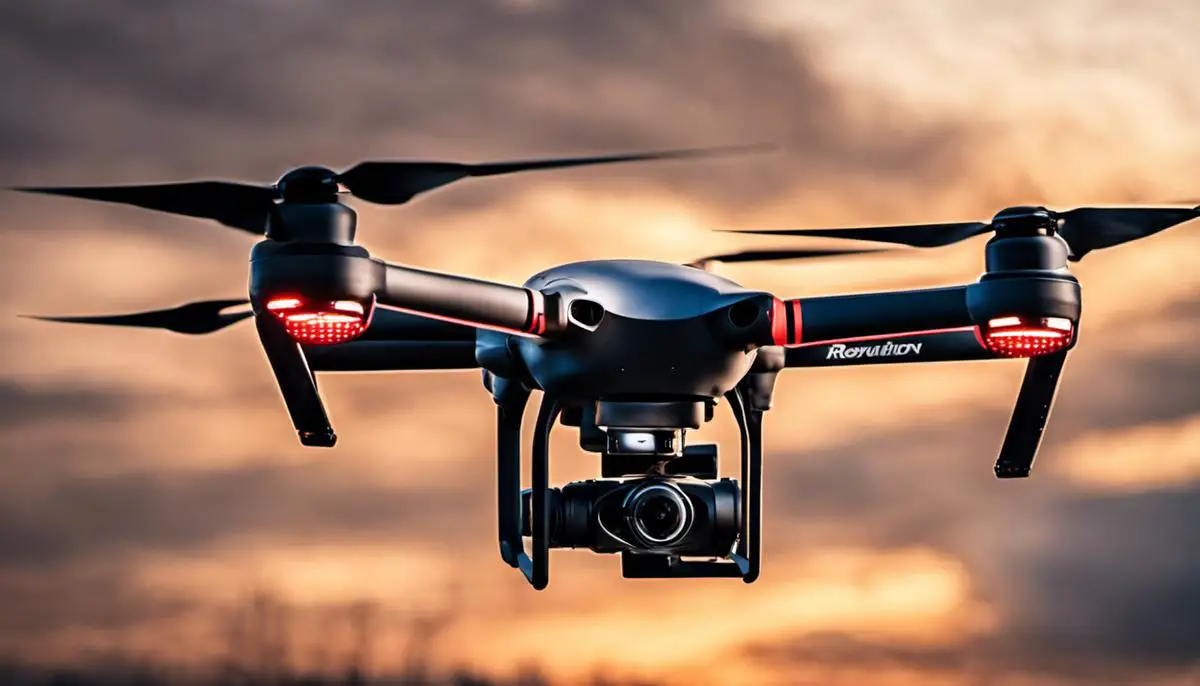
Regulatory and Safety Concerns
Undoubted are the conveniences and efficiencies that drone delivery can offer, however, it’s crucial to conduct in-depth deliberation on regulatory and safety concerns. This importance becomes even more pronounced considering we’re speaking of an entirely new transport mode operating in an unsegregated airspace.
Regulatory hurdles pose significant challenges as deregulation often lags behind technological advancement. Currently, the Federal Aviation Administration (FAA), which standardizes and regulates all aspects of civil aviation, has guidelines stipulating that drones cannot fly above 400 feet or at night without a permit, must always stay within the operator’s visual line of sight, and are prohibited from flying over people or moving vehicles. Clearly, these conditions pose substantial restrictions for the full-fledged use of drones for delivery purposes. Developing a comprehensive regulatory framework that addresses the complexities of drone delivery, ensuring safety without stifling innovation, is a complex task that demands collaborative efforts from regulatory bodies, tech companies, and the public.
Safety is another significant issue related to drone delivery. Just as any mechanical device, drones can malfunction or get affected by adverse weather conditions. A drone falling out of the sky could result in significant damage to property and potentially harm people or pets. Also, drones might face hijacking threats, posing security risks, along with cyberattacks that could breach the technological systems used to control and direct the drone’s path, compromising its security and delivery.
Another concern often overlooked is the clogging of the lower levels of the airspace. If every household begins receiving deliveries via drones, imagine the immense traffic that could be created. Thus, the development of an air-traffic management system becomes salient to ensure smooth operation and prevent potential collisions.
Then there are privacy concerns. Drones inherently possess the ability to record images or videos during their flights. Unintentionally or not, this could lead to invasions of privacy. Ensuring respect for privacy rights, while not compromising the operational efficiency of drones, becomes another quandary to solve.
Addressing these issues will require a concerted effort, rigorous protocols, and advanced technological solutions. While companies like Amazon, Alphabet’s Wing, and UPS Flight Forward are fast developing technologies to resolve these issues, it’s equally essential for regulatory bodies to match pace for a seamless and safe integration of drone deliveries into everyday life.
Drone delivery thus finds itself in an exciting but challenging phase with a broad spectrum of issues to tackle. A blend of regulatory foresight, technological prowess, and public dialogue is vital to cross this chasm and fully harness the promise of drones for a revolutionary shift in the delivery paradigm.
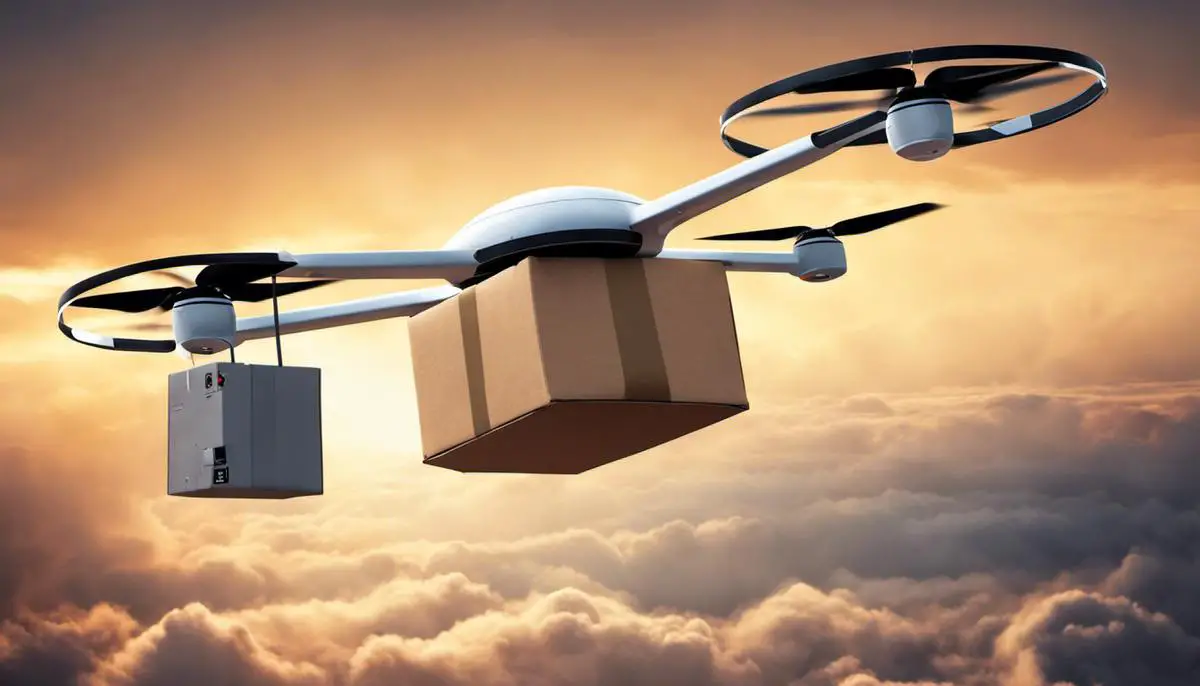
Future of Drone Delivery
As the leading tech companies break the ice in unfolding drone technologies, the future of drone delivery seems like a promising hybrid of innovation and efficiency. Environmental challenges, infrastructure needs, drone-human interaction, and logistics will play a significant role in shaping drone delivery’s future. Let’s take a stroll down what these avenues signify.
One of the rather overlooked, yet pivotal aspects, is the environmental challenges a drone would face. Weather conditions such as winds, heat, and humidity can intricately affect flight dynamics and battery performance. Nevertheless, the development of sophisticated weather prediction software and application of adaptive flight path algorithms promises a resilient future for drones grappling with Mother Nature.
Next in line is the designing of an infrastructure conducive to drone delivery. Much like how roads and highways were developed for conventional delivery vehicles, the world now requires droneports, charging stations, and specialized landing pads. An impressive assembly of logistics and urban planning, this could potentially spur the creation of jobs and broaden the economic spectrum.
The field of Human-Robot Interaction (HRI) is set to boom tackling the complex task of integrating drones into everyday life. With drones buzzing around in public spaces, ensuring a courteous and non-intrusive interaction becomes a priority. This could perhaps lead to the evolution of a digital etiquette, creating a harmonious co-existence between drones and humans.
Logistics are the backbone of any delivery system, and drone delivery will be no exception. Designing an optimal path for the drone which takes into account the payload, battery life, and distance could be key for efficient deliveries. Moreover, the dynamic allocation of drones based on real-time conditions presents an exciting optimization problem for tech enthusiasts worldwide.
Drones’ adoption in delivery is bound to drive regulatory evolution. Governments worldwide will need to address airspace management, risk mitigation strategies, and legal aspects related to drone operations. This is likely to propel the emergence of novel air-law practices and legislative frameworks, providing the legal grounding necessary for these unmanned vehicles to soar.
Finally, en-route expansion of drone coverage is an equally anticipated eventuality. No longer restricted to urban areas, drone delivery may soon penetrate under-served rural areas, offering an efficient and fast service that surpasses traditional methods. This will further democratize access to goods and services for populations in remote areas.
As the world braces to leap from concept to execution, the drone delivery technology paints a portrait of a more efficient and advanced future. With technology giants already deeply invested, it’s a question of ‘when’ and not ‘if’ drone delivery becomes a regular sight in our daily lives. Science fiction has always been a precursor to technology, and if that’s any indication, the era of drone delivery is well and truly at our doorstep.
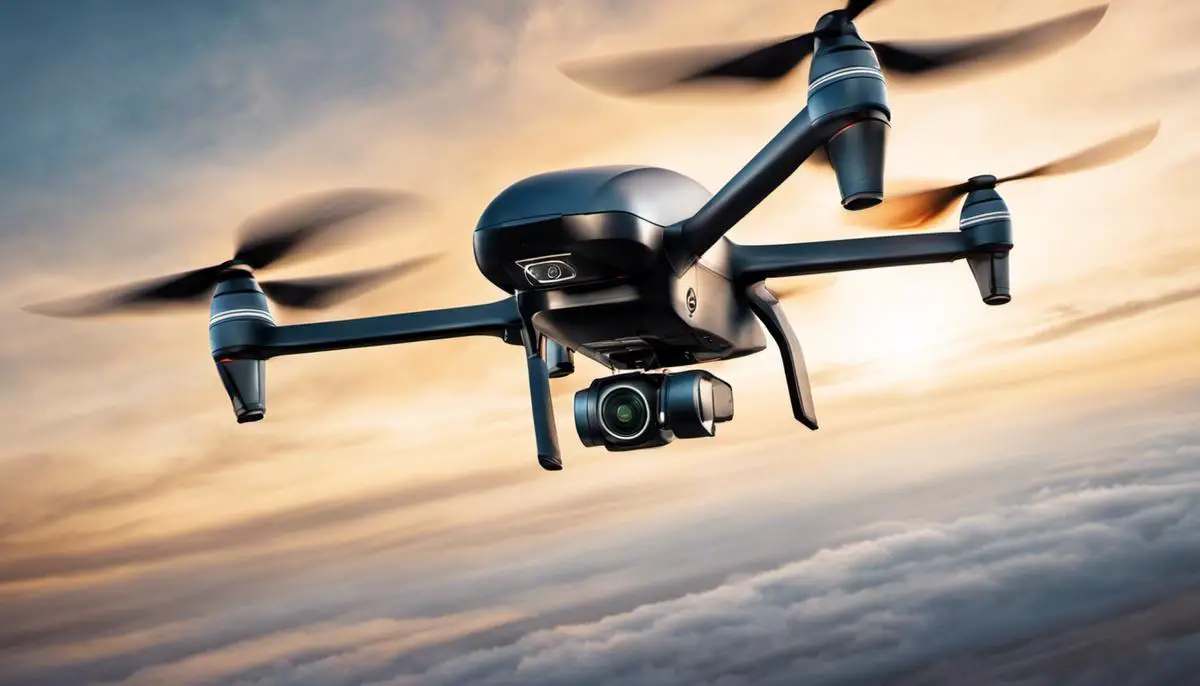
Considering the dawn of drone delivery and its promise to revolutionize logistics and supply chains, the journey ahead indeed remains exhilarating yet challenging. Innovations in artificial intelligence (AI), Machine learning, and regulatory adjustments forecast a future where drone deliveries are commonplace, significantly streamlining supply chain processes. However, successfully navigating the roadblocks of safety concerns, privacy issues, and regulatory constraints will be key to the wider acceptance and realization of this transformative service. As we stand on the cusp of this dynamic change, the prospective transformation of the delivery landscape underscores the importance of informed, conscientious progress in the drone delivery space.
Helpful Links
For all your RC Questions, Click HERE
If you are interested in RC cars and trucks, RC World has you covered.
For RC boats and watercraft, check these articles out.
For all your RC Airborne endeavors, we have everything you need.
Understanding Speed Control in Electric Skateboarding Experience
In the thrilling realm of electric skateboarding, one feature stands elevated above most, determining both the rider’s safety and influencing their overall experience. That pivotal factor is speed…
Essential Tips for Easy Electric Bike Commuting
With the rise of eco-friendly modes of transportation, electric bikes have carved their niche as an enjoyable, economical, and efficient choice for many commuters. Whether it’s the quest…
Rev Up Adventures with Electric Mountain Bikes
In today’s ever-evolving world of outdoor adventure, one innovation stands out – electric mountain bikes. A blend of traditional cycling and cutting-edge technology, these bikes promise a new…
All You Need To Know About The Best RC Car Brands
If you are looking for an exciting hobby that will give you hours of excitement and thrilling heart pumping speed, in a small form factor, and right from…
How Do E-Bikes Work? A Closer Look
Electric bikes, also known as e-bikes, have gained popularity in recent years due to their convenience and eco-friendly nature. But how do these bikes actually work? In this…
Is FPV Dead? Examining The Inevitable Resurgence
Is FPV dead? The question we all want to know in the rapidly evolving technological landscape. The trajectory of First-Person View (FPV) has brought up considerable discourse. FPV…
Electrify Your Fishing Game with E-bikes
Fishing and biking – two passions that, when combined, create an extraordinary duo in the great outdoors. As an introduction, let’s dive deep into the remarkable world of…
Extend Skateboard Remote Battery Life
Have you ever noticed how the performance of your electric skateboard remote can vary, leaving you puzzled about its inconsistency? This guide is designed to unravel the mystery…
How E-Bikes Can Help Your Weight Loss Journey
Are you looking for a fun and effective way to kickstart your weight loss journey? Look no further than an e-bike! These electric bicycles have been gaining popularity…

